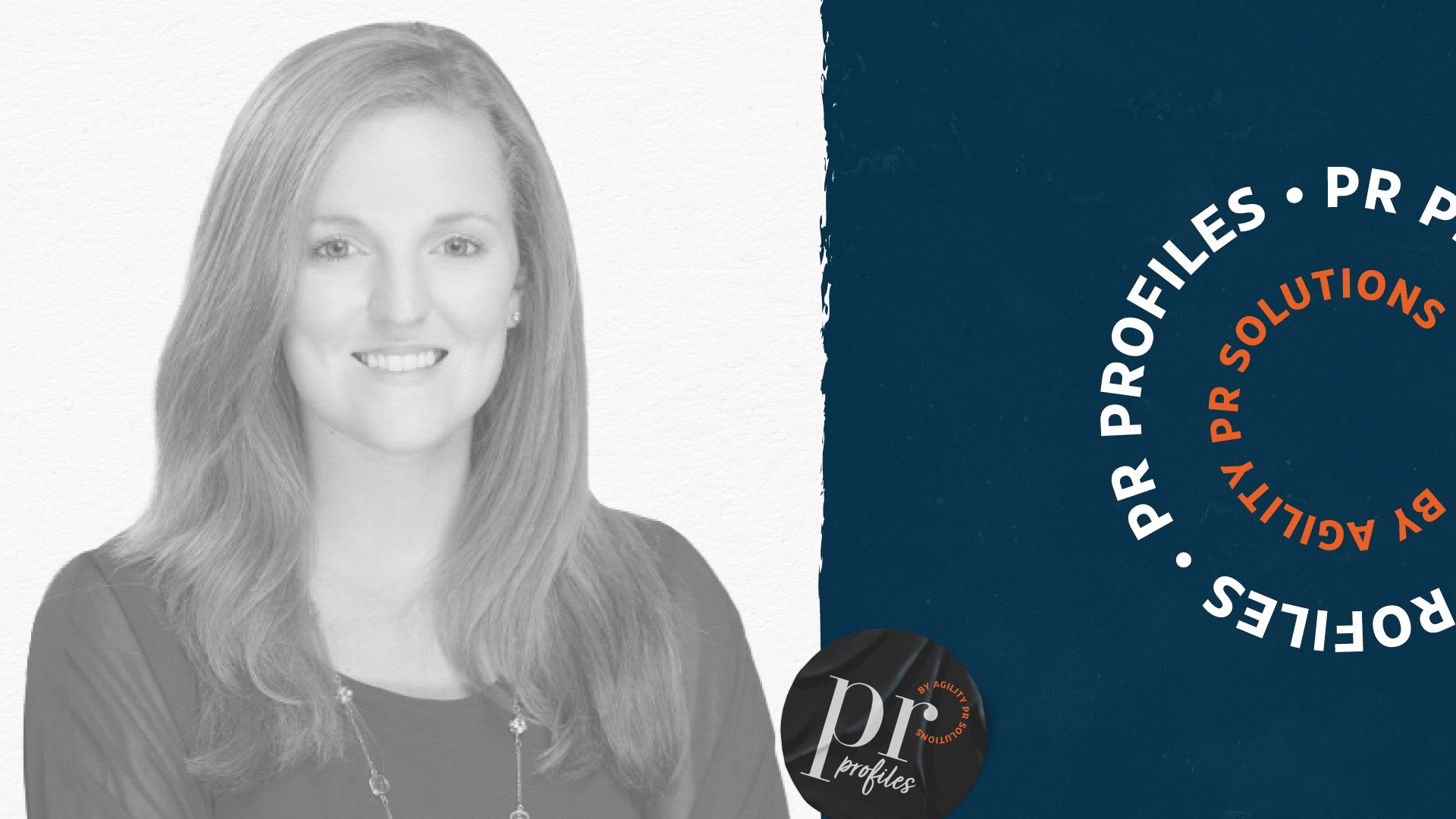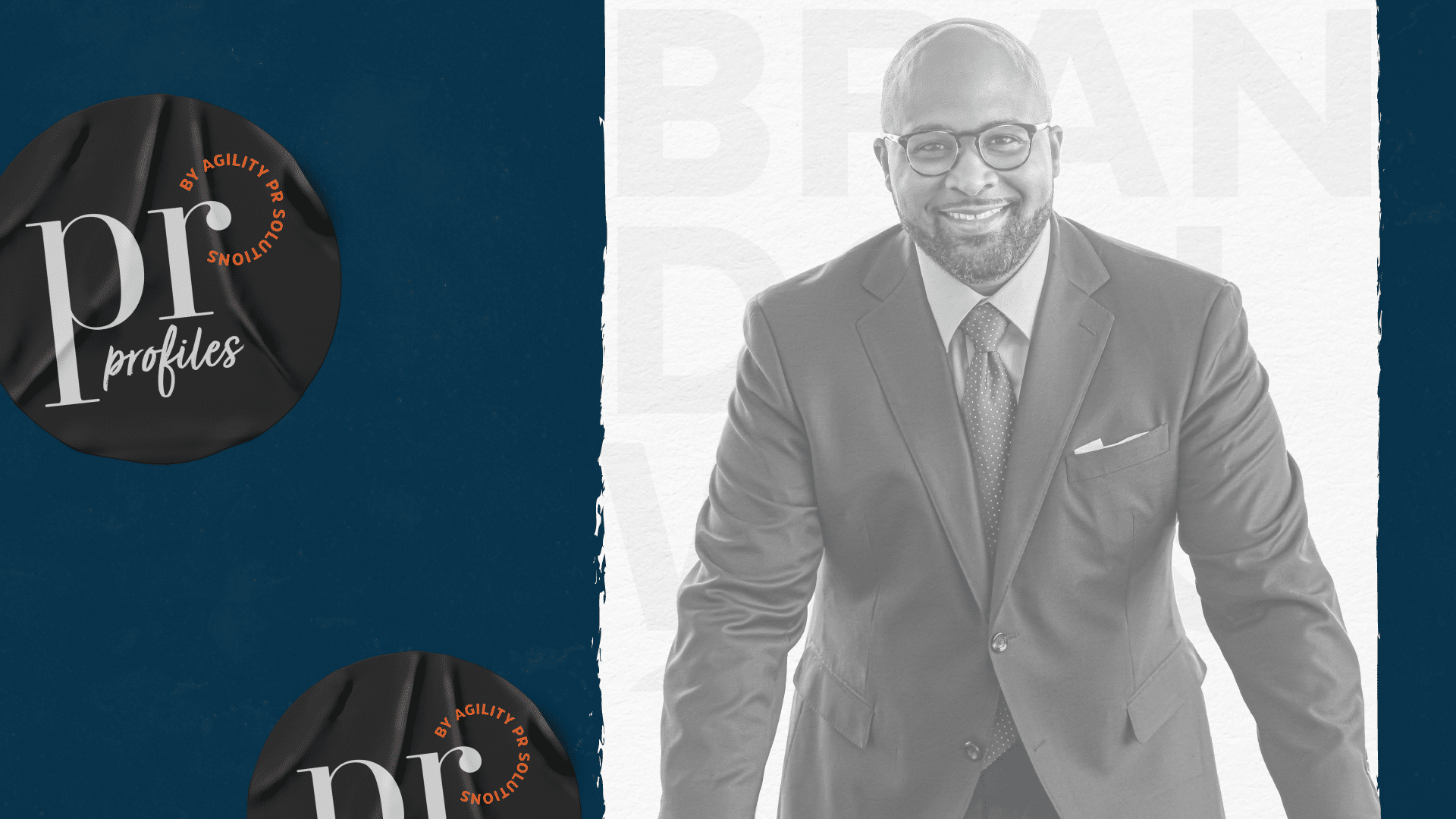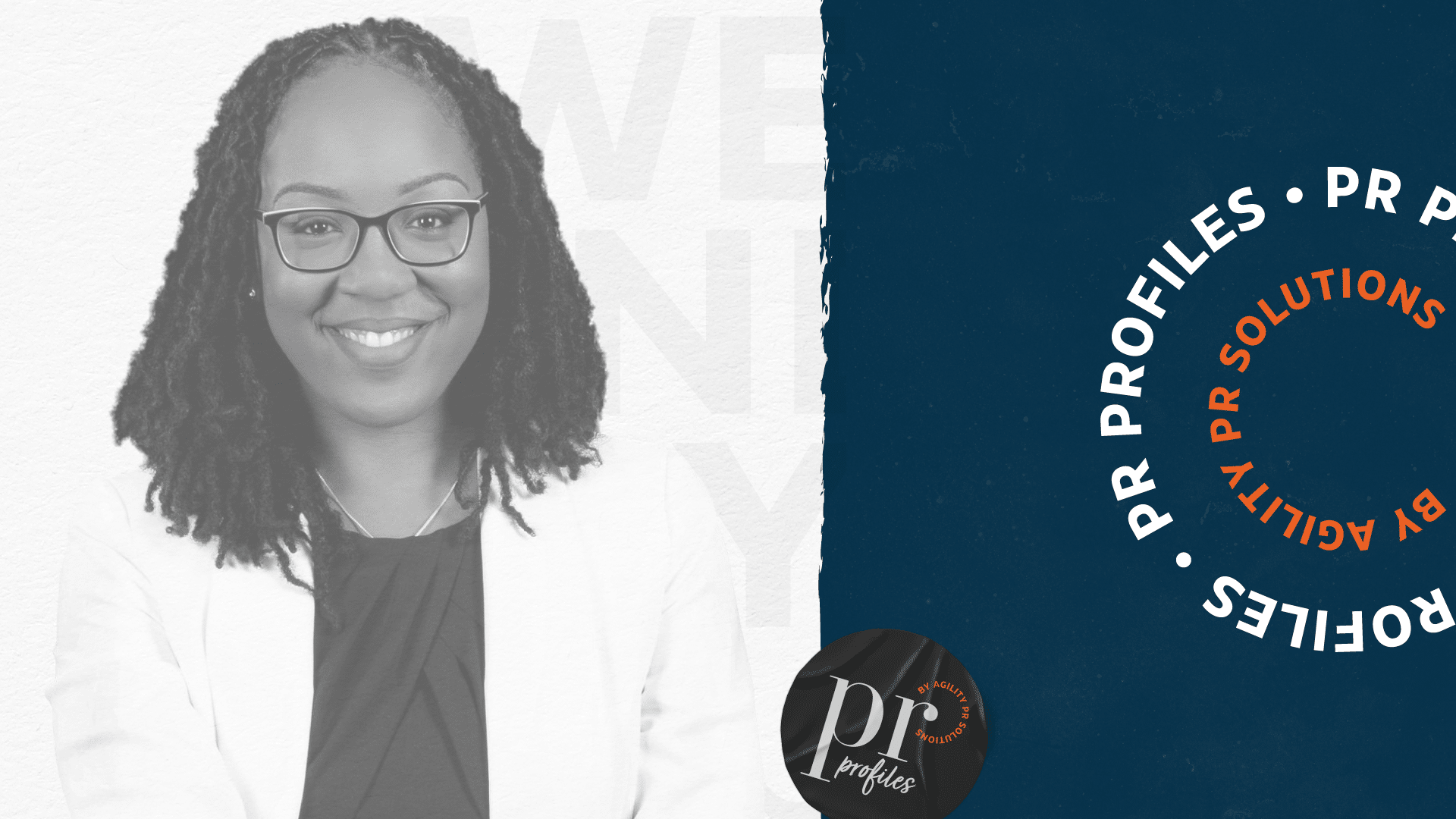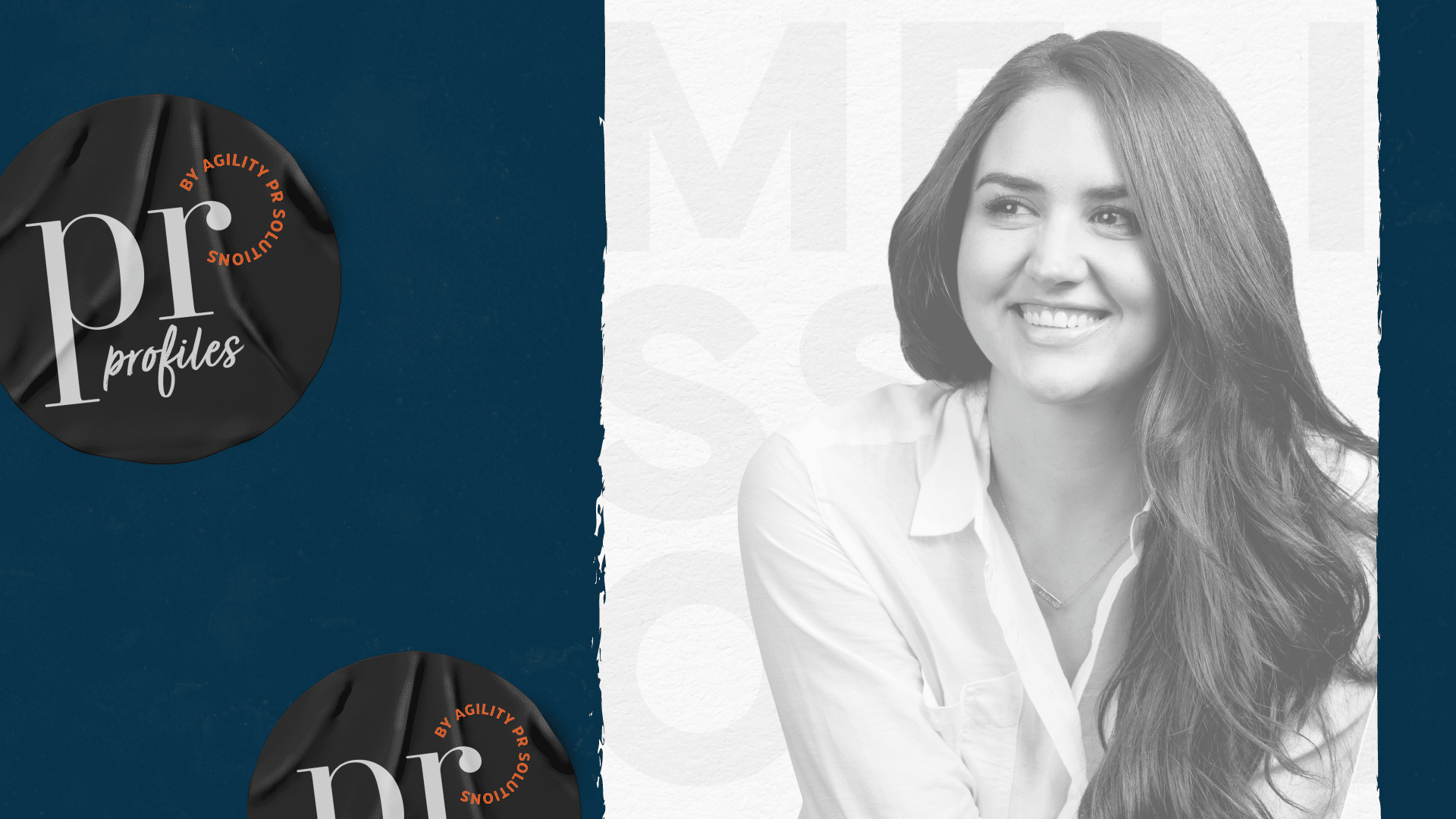How do the customers feel while interacting with our brand?
This question frames a brand’s most crucial decisions, both in person and digital.
The reason? A great customer experience is pivotal to a brand’s reputation and long-term growth as it promotes customer loyalty and encourages brand advocacy.
According to reports, 63% of consumers expect businesses to know their unique needs and expectations. Excellent customer service drives customer trust.
On the other hand, PR involves using communication and media channels to help brands build and maintain a good reputation, thereby supporting their growth.
As PR and customer service both focus on enhancing customer experiences, they are instrumental in the success of any brand. No wonder brands are majorly investing in PR firms to handle customer interactions and build brand awareness and loyalty.
In this post, we will share five ways PR and customer service support each other and should be aligned to meet the client’s goals.
1. Helps Understand Market Trends and Customer Expectations
Understanding customer expectations is crucial to building a solid foundation for a business.
Rightly so, customer service reps and public relations (PR) executives hustle hard to gain customer-related insights.
Here’s how:
Customer service professionals focus on collecting customer feedback via emails, live chats, online surveys, and more. Besides, PR managers proactively analyze customer behavior on social channels like Facebook, Instagram, and more. From monitoring social media comments to customer reactions to a brand’s initiative or product, they gauge customer satisfaction and generate actionable insights.
Compiling and analyzing the data can help a CX and PR team:
- Examine real-time responses to social media interactions and customer surveys.
- Understand customer satisfaction with the products and services and brand perception.
- Acknowledge emerging needs of customers and develop advanced features in a product.
- Draft compelling marketing material like press releases, testimonials, case studies, videos, and staffing media interviews. This can help create brand awareness and a positive impression on the customers.
In short, the teams can create and implement successful digital customer experience strategies that meet customer needs and market trends, thereby achieving brand goals.
A) Pro Tip for the PR Team: Discover social media conversations that matter most with Agility Social Listening.
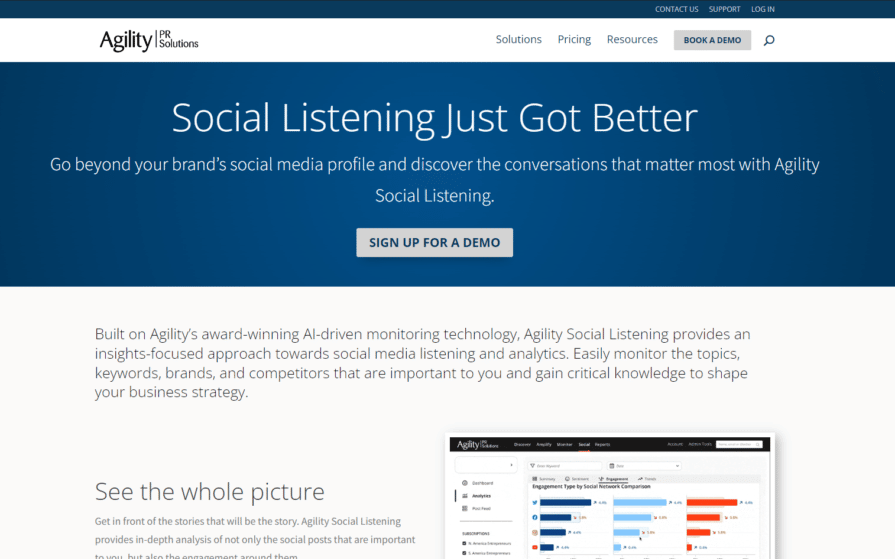
B) Pro Tip for the CX Team: Count on customer service software to make every customer interaction worthwhile. With this tool, you can interact with and understand customer sentiments, share customer satisfaction (CSAT) surveys, and collect feedback with a few clicks.
What’s more? This tool allows customer service professionals to track and improve performances with actionable data.
2. Creates a Brand Differentiator
A survey states that 46% of customers will spend more money than average to buy from brands they trust.
However, developing quality products and services is not enough to create a brand differentiator. Conveying unique brand value and engaging the target audience across every channel is crucial to winning customers’ trust in the hyper-competitive market.
A great PR strategy aligned with excellent customer service can help business owners create engaging content that delivers their brand message while affirming value proposition across all communication channels.
Dove’s #TheSelfieTalk campaign is an excellent example.
This PR campaign addresses how 80% of girls face pressure to post the “perfect selfie,” which lowers their self-esteem. The data-driven video content encourages them to celebrate who they are. This subtly pushes the message of self-love with which the brand has been associated for years.
Pro Tip: Count on tools like Agility Monitoring to measure the success of your PR campaigns.
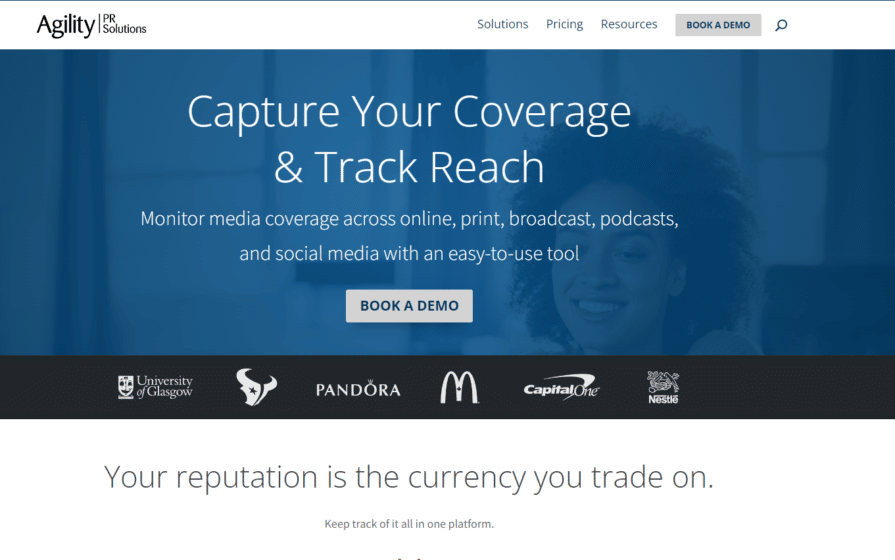
With this AI-enabled media monitoring solution, you can delve deeper into details like what stories influenced your brand reputation and awareness. This can help you create high-quality content, thereby building high customer engagement.
3. Ensures Consistency in Brand Messaging
Brand consistency depicts the delivery of unified brand messaging in line with its core values, identity, and strategy over time.
Why is it vital?
Customers love brands that stay true to their core values regardless of their evolution. They don’t find brands with distorted vision trustworthy and may lose interest in them over time.
Consistency in brand messaging can thus help solidify brand recognition by exposing the target audience repeatedly to content based on the same foundational elements.
Customer service professionals and the PR team’s focus is to earn high audience engagement and loyalty toward brands. Transparency in communication and data exchange between the teams can help ensure consistency in brand messaging.
Here’s how:
- PR and the CX team can discuss target audience pain points. They can brainstorm on creating valuable content reflecting the same values.
- They can use brand logos, images, fonts, and more to enhance brand consistency and share content while interacting with customers.
- They can create a marketing calendar and schedule the content distribution at a specific time to reinforce the brand vision. Besides, PR teams can use the content to plan media outreach.
For instance, check out IKEA’s post on Twitter supporting gender equity in the workplace.
We’re committed to supporting gender equity and inclusion in our workplace and society — and we’re keeping the conversation going. Join us this #WomensHistoryMonth as we spotlight inspirational women and their stories, creating an environment for all women to be seen and heard. pic.twitter.com/1de0eKIKfn
— IKEA USA (@IKEAUSA) March 7, 2022
Now, check out the press release by IKEA on the same initiative.
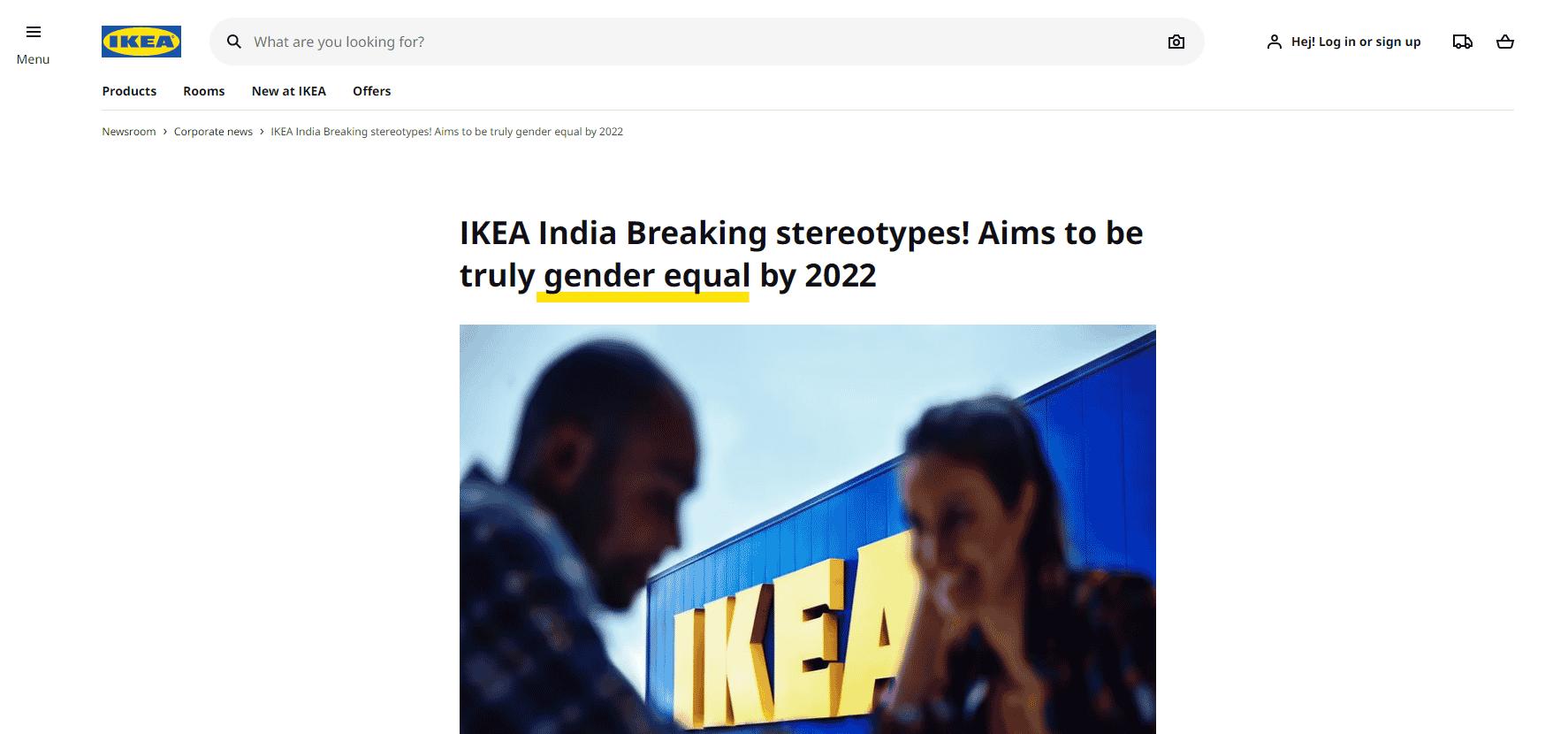
Their multi-platform campaign shares the same message. This approach can help boost customer engagement while ensuring consistency in brand messaging.
It is a win-win for both PR and customer service.
4. Strengthens Relationships with Customers
Reports state that 93% of customers make repeat purchases with brands offering a great customer experience.
They judge a brand’s credibility based on interactions at different touchpoints, such as chats, social media, and websites.
And first-time buyers heavily rely on sources like online customer reviews.
A report reveals that customers are 2.6x more likely to buy from a brand with a 5-star experience than a poor experience.
PR and CX teams that track customer activities to analyze their challenges and behavior can provide them with meaningful and positive interaction. Besides, responding to their queries with practical solutions can make a measurable difference.
This diligent approach can help them nurture happy brand-customer relationships.
5. Helps Brands Tackle Branding Adversities
PR and CX teams working in alignment can help brands thrive.
They can help them avoid and overcome adverse situations in branding.
Although no brand wishes to face adversity, unforeseen issues can happen and impact the brand’s reputation. It can deteriorate a business’s relationship with its customers and affect brand equity.
With strong PR and CX teams, brands can track their status in the market. Customers’ continuous feedback can help them face unexpected challenges head-on. With the feedback analysis, they can create and share content addressing customers pressing issues. They can further highlight social proof of their past exemplary work.
Besides, they can approach eminent journalists with data-backed content to reach a massive audience. This can help brands control the narrative (as much as possible) and regain their status in the market.
For instance, in 2016, Samsung faced the PR nightmare of the Galaxy Note 7 which began to burst into flame unexpectedly. Customers stopped buying the phone and started writing negative reviews. The phone even got boycotted by airlines.
So, Samsung hired around 700 researchers and addressed the pressing poor battery issue.
The result? Their strategy helped them regain their status in the market within no time.
Conclusion
PR and customer service are two sides of the same coin.
The information in this post reflects that both are equally crucial to creating a positive customer experience. So, businesses looking to gain a competitive edge should understand how the alignment of the PR and CX teams can benefit them.
Further, use the mentioned tools to strengthen the alignment, thereby making your venture successful.


